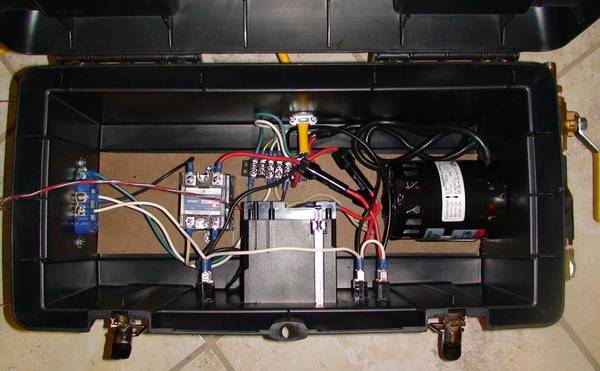Hermit
fuddle
I just looked at my dryer outlet, and it's a 30A 250V outlet. But I'm not sure if it is the 4 prong or 3 prong w/ no ground. There are 2 flat prongs, 1 prong that is L shaped, and a circle in the middle of the outlet which looks like it might be for a 4th prong. Any ideas? I might just have to turn off my main breaker and have a look inside the outlet
The two flats are hot, the l shaped is neutral. If you look in the 'middle' one you should see a screw unless it is missing. A 4 prong with ground is not laid out that way.

















![Craft A Brew - Safale S-04 Dry Yeast - Fermentis - English Ale Dry Yeast - For English and American Ales and Hard Apple Ciders - Ingredients for Home Brewing - Beer Making Supplies - [1 Pack]](https://m.media-amazon.com/images/I/41fVGNh6JfL._SL500_.jpg)










































